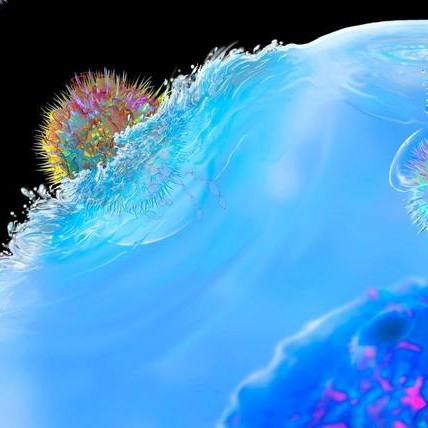-
Biotherapeutics
Science Saturday: Regenerating damaged vocal cords
Cells from amniotic membrane show potential of repairing vocal cord injuries that don't respond to standard care, Mayo Clinic discovered in preclinical research.
The placental membrane provides a rich source of epithelial cells that could regenerate damaged tissue. Research by David Lott, M.D., a laryngeal surgeon in Arizona, found epithelial cells extracted after childbirth triggered healing in animals with vocal cord damage. Dr. Lott's paper is published in Stem Cell Research & Therapy.
"We believe our study was the first to use these types of cells to look for any potential benefit in vocal fold healing. We discovered amniotic epithelial cells have significant promise in helping to regenerate tissue," says Dr. Lott, who is associate director of Mayo Clinic's Center for Regenerative Medicine in Arizona. "This could prevent scar formation of the vocal fold, thereby improving long-term voice outcomes."
The Center for Regenerative Medicine is at the forefront of a movement to shift the focus from fighting disease to restoring health. Dr. Lott's research advances the center's objective of creating an innovative ecosystem to discover, manufacture and deliver first-of-a-kind biotherapeutics.
Damage to vocal cords, also known as vocal folds, can happen through trauma, surgery, radiation or overuse of the voice. Standard treatment of steroid injections —separately or in combination with surgery — has limited benefit and doesn't work for everyone.
The research
Epithelial cells extracted from three human placentas after childbirth via routine cesarean section deliveries were injected into a group of animals with vocal cord injuries. The transplanted cells showed no signs of stress or side effects. That group was compared to a control group that was injected with a saline solution.
"The study found those with human amniotic epithelial cells showed regeneration of an injured vocal fold by improving the extracellular matrix, accelerating healing of the epithelium, and promoting stabilization of new blood vessels," says Dr. Lott. "I was surprised by the significant amount of healing and the speed by which that healing occurred."
Additional research is needed to advance this discovery toward clinical trials. Assuming the treatment shows safety and benefit, it could be three to five years before epithelial cells are used clinically for this type of injury.
###









